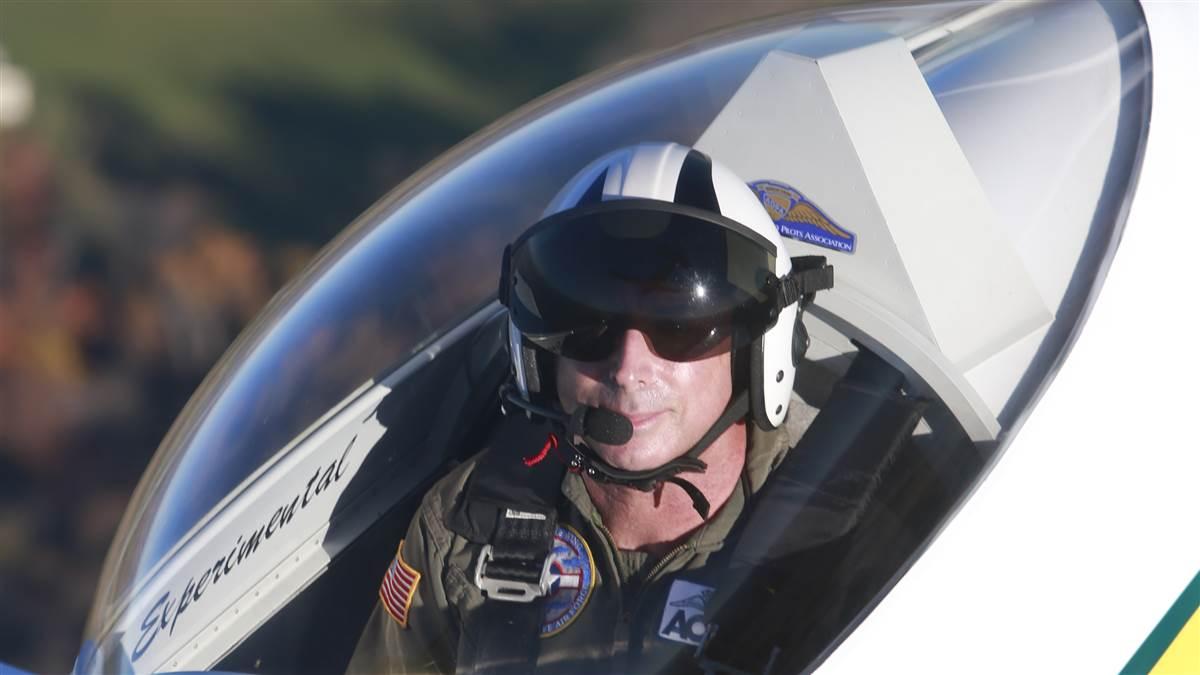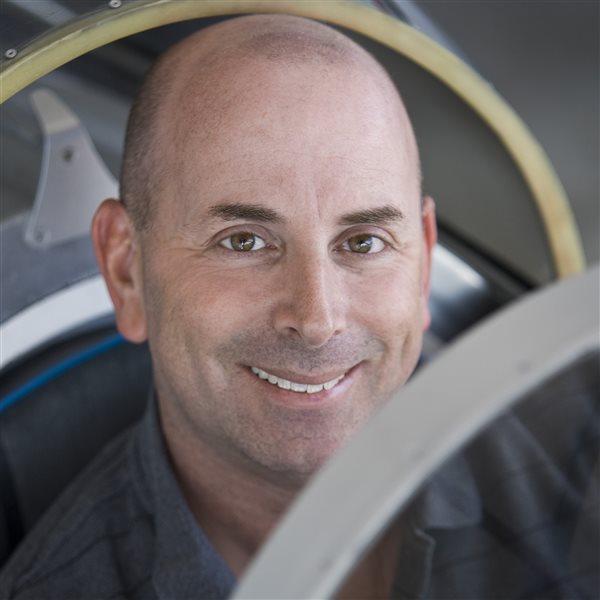Unusual Attitude: Action bias

[email protected]
But in looking back at some of my own aeronautical decisions, I recognize a troubling trend that I believe is fairly widespread—and that’s a bias to action. When things aren’t going exactly as planned, pilots want to do something: climb, descend, alter power settings, change routes, divert. Sometimes, the hardest thing to do is nothing.
During an autumn ferry flight in an Aviat Husky through the Trench route across Canada, I was flying a notoriously long leg (about 400 nautical miles) over a remote area where avgas wasn’t available. The Husky had more than enough range to cover that distance (even with the forecast headwind), and I had an ace in the hole: Two portable fuel bladders stored in the baggage compartment could provide an extra 14 gallons for an additional 90 minutes of flight.
The first half of the trip was blissfully serene with clear skies and gorgeous fall colors carpeting the valley floor, and my groundspeed (100 knots) was surprisingly good. About midway, however, cloud cover increased, bringing a headwind and steady rain. My groundspeed plummeted to an alarming 60 knots, and sometimes even less.
Even with the diminished groundspeed, I’d arrive at my destination with a one-hour fuel reserve, but mentally I was deep into contingency planning. I could land on one of the uncharted gravel airstrips in the region, pour the fuel from the portable tanks into the airplane, and press on. The Husky was equipped with oversized tundra tires so, if no airstrip was available, I could land on a sandbar. But a failed engine restart at an isolated place where no one was expecting me to be could turn into a survival situation.
The price for not taking action could be severe, too. How ridiculous would it be to run out of fuel with 14 gallons sloshing around in the baggage compartment?
Even though the airplane’s fuel tanks were still more than half full, the urge to do something right away was powerful. It was all I could do to push back a decision for 15 minutes, and then another 15, and another.
Eventually, the headwind and rain slackened, and I reached my destination with sufficient reserves—yet doing “nothing” for those two hours had been agonizing.
I’m spring-loaded to initiate something, even if only for the sake of having an immediate task to accomplish. If that’s a momentary climb, descent, or course deviation, so be it. This aerial attention deficit disorder can get so absurd that by the time I ask an air traffic controller and get approval for the next change I want to make, the “problem” has resolved itself. The ride smooths out, the clouds dissipate, whatever.
Our iPads that provide terrific access to a cascade of in-flight information are partly to blame. Cheap avgas along the route sings an irresistible siren’s song. We can watch weather patterns taking shape while we’re airborne. METAR weather observations seldom exactly match forecasts, and that can influence our in-flight decisions even when (as is usually the case) the actual weather at the time of our arrival turns out to be about what we were anticipating.
Assuming that the decisions pilots make in our relatively calm, quiet surroundings on the ground are likely to be superior to the ones we make on the fly, I’ve begun trying to identify well in advance the factors that might cause me to alter my plans in the air. Headwinds or fuel consumption above certain values; delays; mechanical or avionics issues; and changes in actual or forecast weather are a few. That old aviation saw about “Plan your flight, and fly your plan” is still useful, even in our digital age.
I intend to make better Plan As on the ground and stick with them longer in the air.
I’ll still come up with Plans B, C, and D along the way—but I’ll hold off implementing them until it becomes clear that they provide meaningful improvements (and not just busywork). It’s time to give obstinacy a try.



